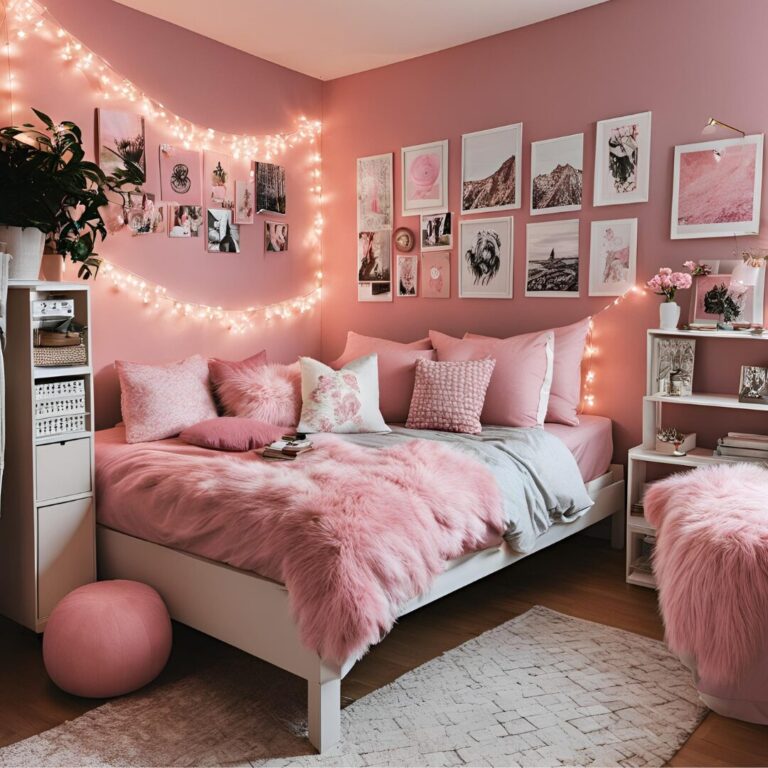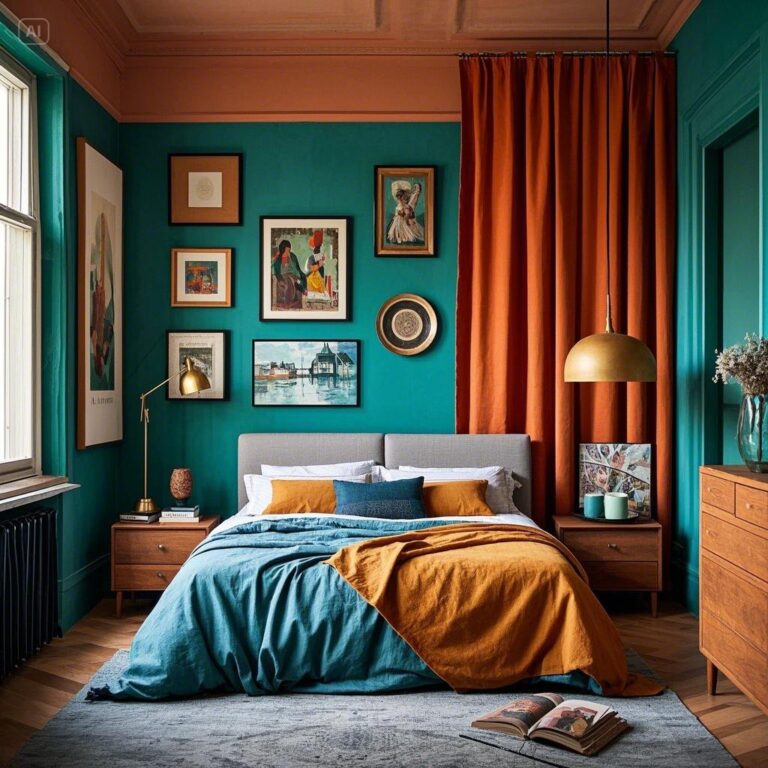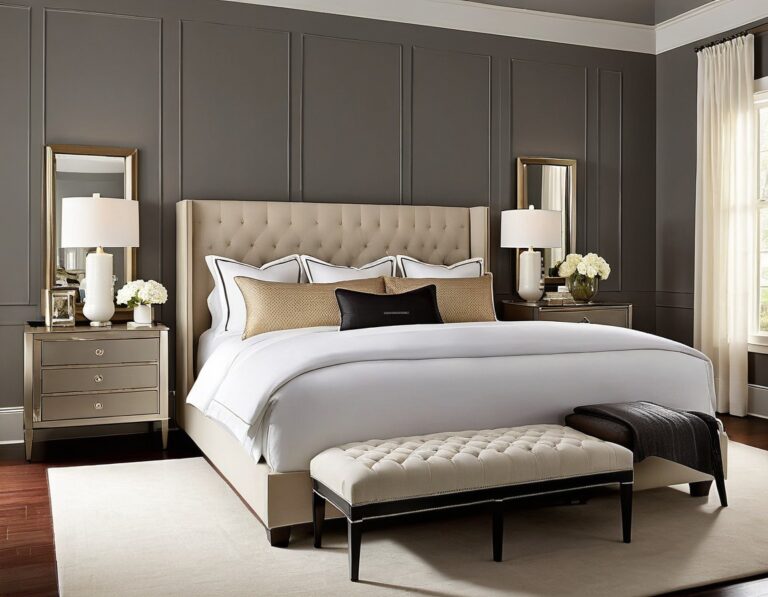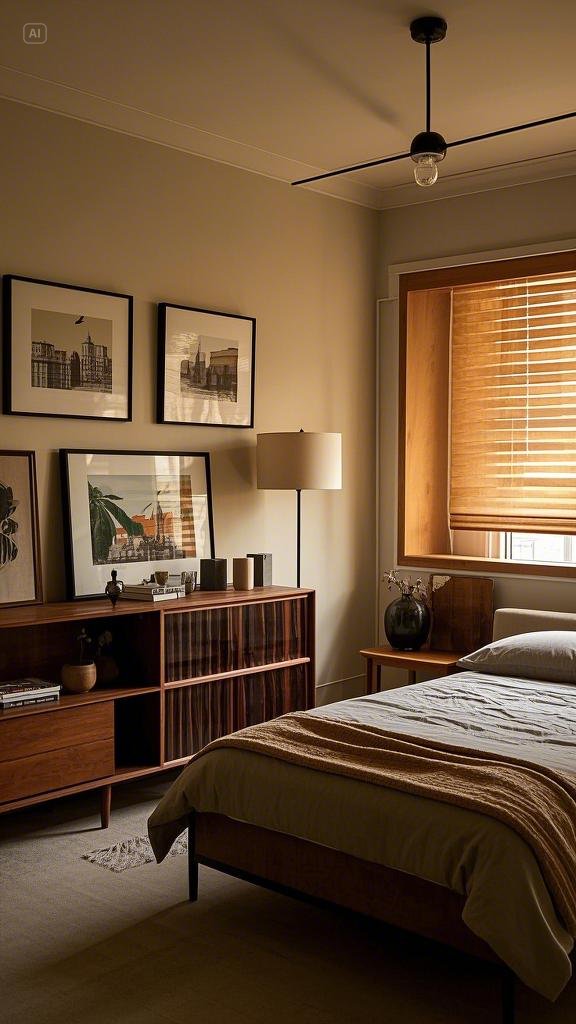
Minimalist room decor focuses on simplicity, functionality, and clean lines, creating spaces that feel open, calm, and clutter-free. By embracing the less-is-more approach, you can create a serene and stylish home that feels both spacious and inviting. Whether you’re redesigning your living room, bedroom, or office, these minimalist room decor ideas will help you achieve a sleek and modern look. In this article, we’ll explore simple yet effective ways to incorporate minimalist design into your home decor.
1. Embrace Neutral Color Palettes
Neutral color palettes are the cornerstone of minimalist decor. Shades like white, gray, beige, and muted tones create a calm and cohesive environment, making your space feel airy and open. These colors allow your furniture and accessories to stand out without overwhelming the room. You can add subtle contrast with black accents, metallic finishes, or natural wood tones to break up the monotony while still maintaining the minimalist aesthetic. Neutral tones provide the perfect backdrop for a sleek, modern look.

2. Choose Simple, Streamlined Furniture
In minimalist room decor, furniture is all about clean lines and functionality. Choose simple, well-crafted pieces that have a timeless, modern appeal. Avoid overly ornate or bulky furniture, and opt for sleek, low-profile pieces that allow for more open space. Multifunctional furniture, like a sofa with hidden storage or a bed with built-in drawers, is ideal for maximizing space while keeping the room tidy and uncluttered. Select furniture that serves a purpose and contributes to the overall calm aesthetic.
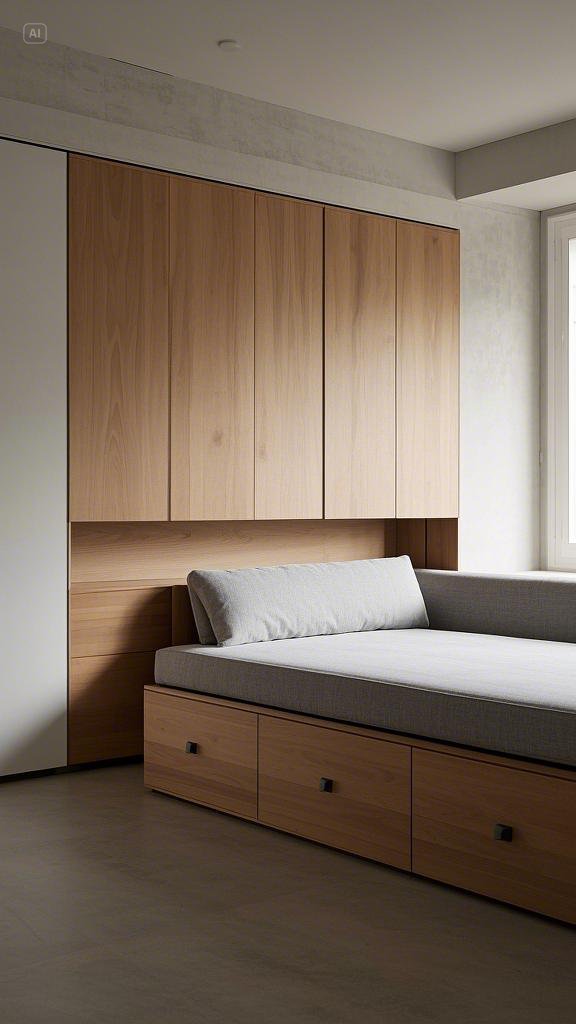
3. Focus on Quality Over Quantity
When embracing a minimalist decor style, it’s important to focus on quality over quantity. Instead of filling your space with lots of items, invest in a few high-quality pieces that truly reflect your style and serve a purpose. This could mean purchasing a comfortable, durable sofa or a well-designed coffee table that can stand the test of time. A minimalist approach emphasizes fewer, better choices, which ultimately leads to a more curated, intentional space.
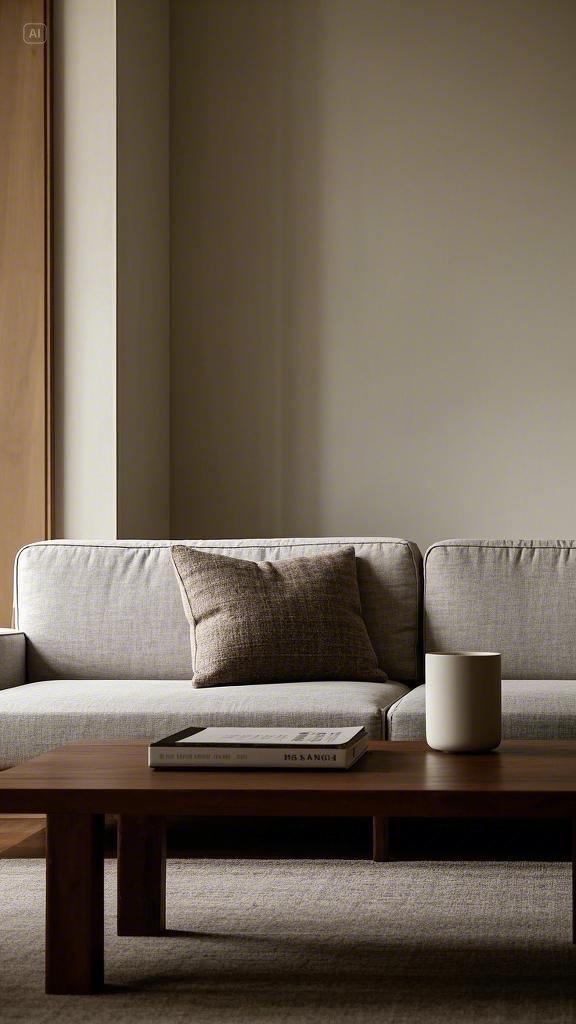
4. Declutter and Organize
A minimalist room is all about decluttering and maintaining an organized environment. Keep surfaces clear and only display items that have a purpose or hold personal significance. Use storage solutions like sleek shelves, hidden cabinets, or baskets to keep items out of sight and create a more streamlined look. Regularly reassess your belongings and donate or discard anything that no longer serves a purpose. A clean, organized room is essential to achieving the minimalist aesthetic and maintaining a peaceful atmosphere.

5. Incorporate Natural Materials
Natural materials, such as wood, stone, and metal, are often used in minimalist room decor for their clean, timeless appeal. Wood furniture or accent pieces bring warmth to a room while maintaining simplicity. Stone elements, like marble countertops or concrete flooring, add texture and visual interest without being overwhelming. Incorporating metal finishes, such as chrome or matte black, in light fixtures or furniture adds an industrial touch. Natural materials create a balance between minimalism and nature, resulting in a serene, grounded space.
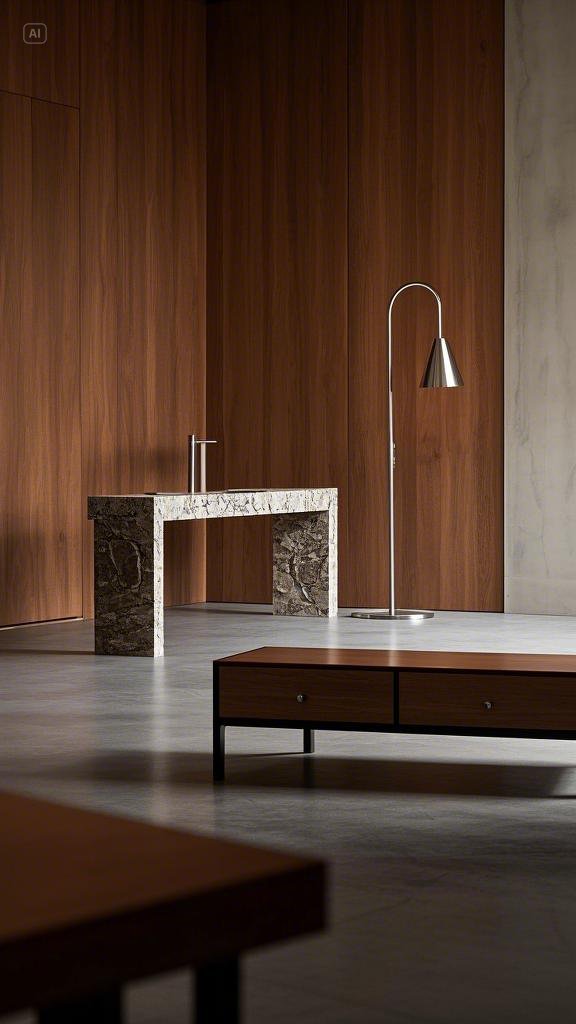
6. Limit the Use of Decorative Accessories
In minimalist room decor, less is more when it comes to decorative accessories. Avoid overdecorating with knick-knacks, excessive artwork, or ornate trinkets. Instead, opt for a few carefully chosen pieces that align with your overall aesthetic. For example, a single piece of abstract art on the wall, a statement vase, or a sculptural light fixture can serve as focal points without overwhelming the space. By limiting decorative accessories, you allow the room’s simplicity and design to shine.
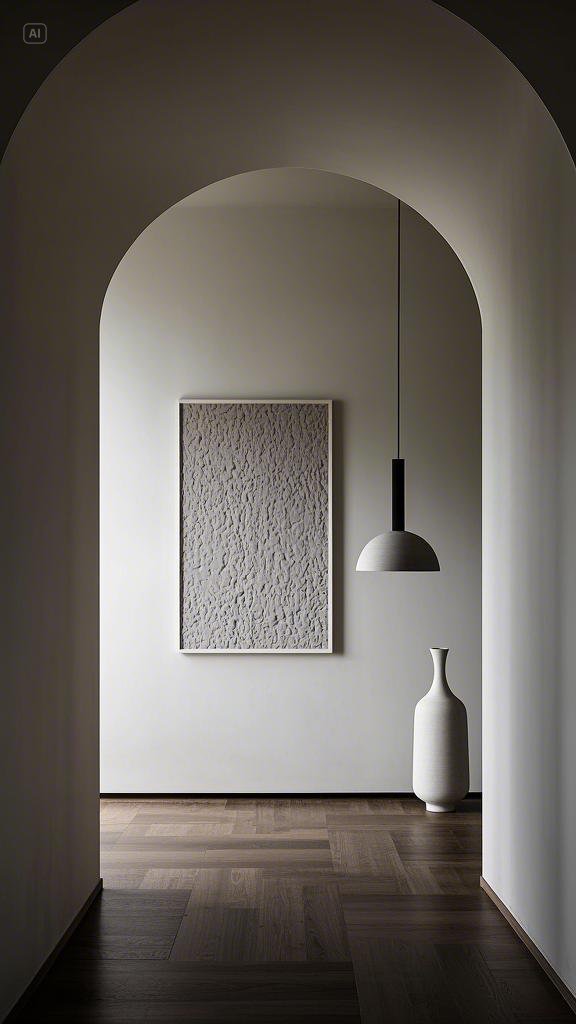
7. Create Open, Flowing Spaces
Minimalism thrives in spaces that feel open and unrestricted. Arrange furniture to maximize the flow of the room, allowing for easy movement and a sense of openness. Avoid overcrowding the space with large, bulky items that block pathways or create visual clutter. Opt for floating furniture or create designated zones in larger rooms to ensure the space feels balanced. The goal is to create a harmonious layout where each piece of furniture serves a purpose and contributes to the overall flow of the room.
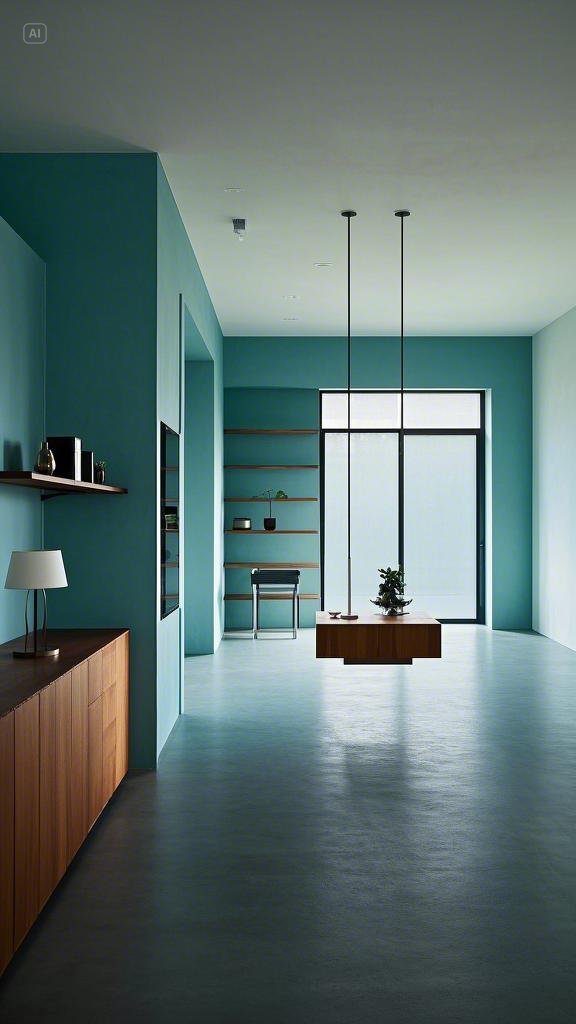
8. Opt for Simple Window Treatments
When it comes to window treatments in minimalist room decor, simplicity is key. Choose clean, simple curtains, blinds, or shades that allow natural light to flood the room. Light, airy fabrics like linen or cotton work well in minimalist spaces, creating a soft, subtle look. If privacy is a concern, opt for shades or blinds that fit seamlessly with the window frame, rather than heavy drapes that can make the space feel cramped. Natural light plays a huge role in minimalist decor, enhancing the open, airy feel of the room.
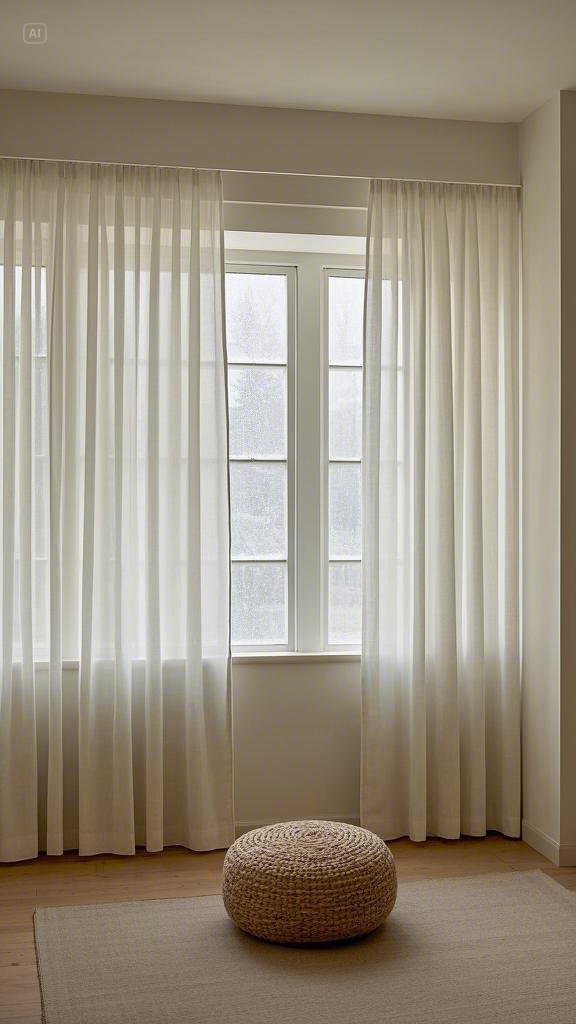
9. Incorporate Minimalist Lighting
Lighting is essential in minimalist decor to create atmosphere and highlight key design elements. Choose simple, modern lighting fixtures with clean lines and neutral finishes. Pendant lights, track lighting, or recessed lighting work well in minimalist spaces because they don’t distract from the room’s overall design. You can also use floor lamps or table lamps with minimalist designs to add functional lighting without cluttering the space. Soft, warm lighting is ideal for maintaining a calm and relaxing environment.
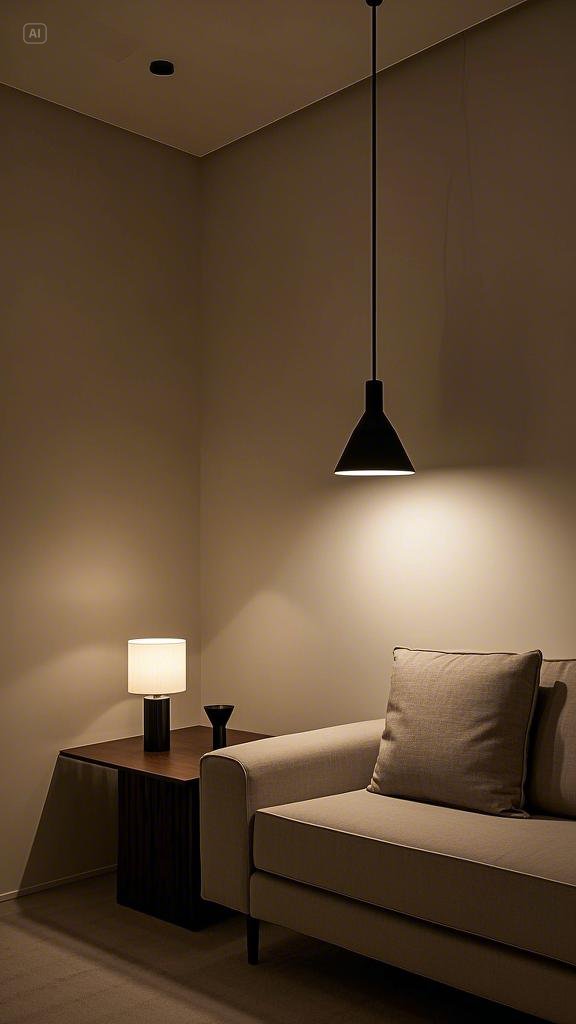
10. Add Subtle Greenery
Plants add life to minimalist rooms without compromising the clean aesthetic. Choose a few low-maintenance plants, like succulents, snake plants, or a fiddle leaf fig, to introduce greenery into the room. Place them in simple, neutral pots that blend seamlessly with your decor. A single statement plant or a small grouping of plants can make a big impact without overwhelming the space. Greenery softens the minimalist look while also contributing to a healthier, more vibrant atmosphere.
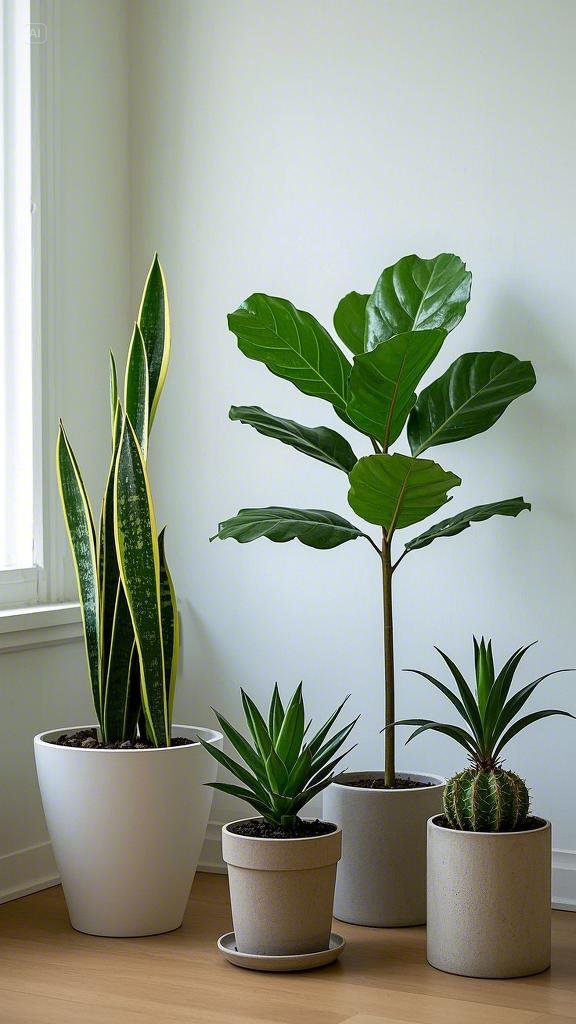
11. Opt for Minimalist Art and Decor
Artwork in a minimalist room should be simple, modern, and unobtrusive. Instead of filling every wall with framed prints, opt for one or two statement pieces that align with your design vision. Abstract art, monochrome prints, or a single large canvas can all contribute to the minimalist aesthetic. When selecting decor, focus on quality, texture, and form rather than quantity. A carefully chosen piece of art or decor can become a focal point without overpowering the room.
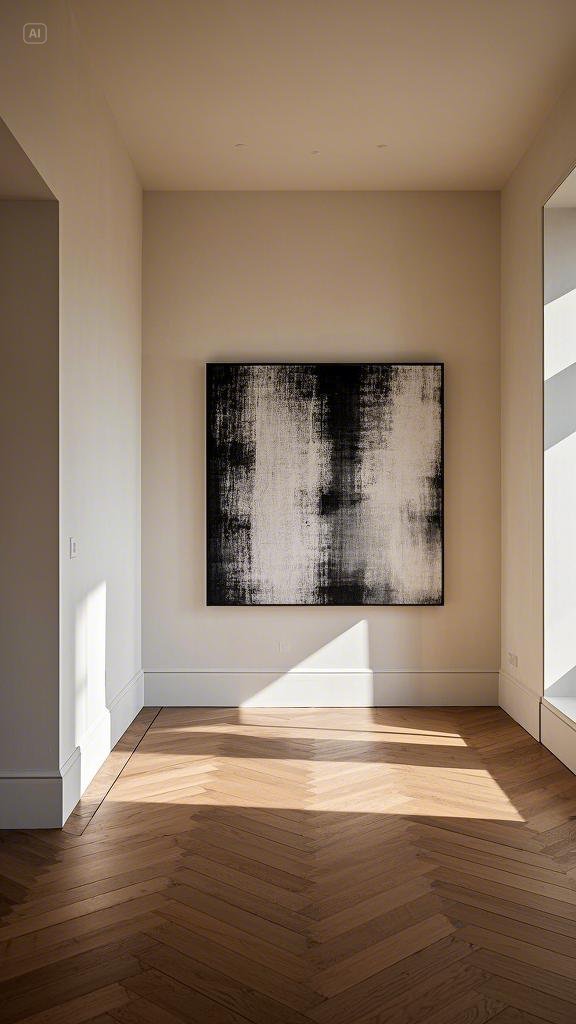
12. Use Hidden Storage Solutions
Storage is essential in a minimalist room, but it should be discreet and unobtrusive. Look for hidden storage options that allow you to keep the room clutter-free without sacrificing functionality. Furniture with built-in storage, such as an ottoman with hidden compartments or a bed with storage drawers, can help maintain an organized and clean space. Wall-mounted shelves or cabinets that blend into the walls can also provide storage without taking up valuable floor space. Hidden storage ensures your minimalist room remains tidy and functional.
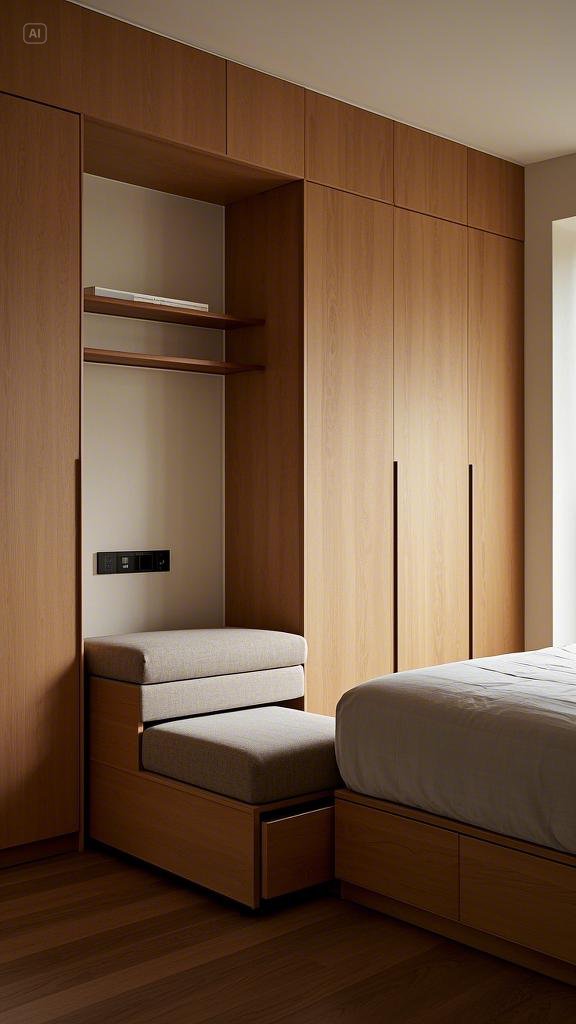
13. Keep Flooring Simple
Flooring plays a significant role in minimalist room decor. Opt for simple, neutral-colored floors that complement your overall design. Hardwood floors, polished concrete, or large-format tiles in neutral shades are all great options for a minimalist space. These types of flooring create a seamless, clean foundation for the rest of your decor. Avoid overly busy patterns or rugs with loud prints that can disrupt the calm atmosphere. A simple, clean floor allows other design elements to stand out and enhances the minimalist feel.
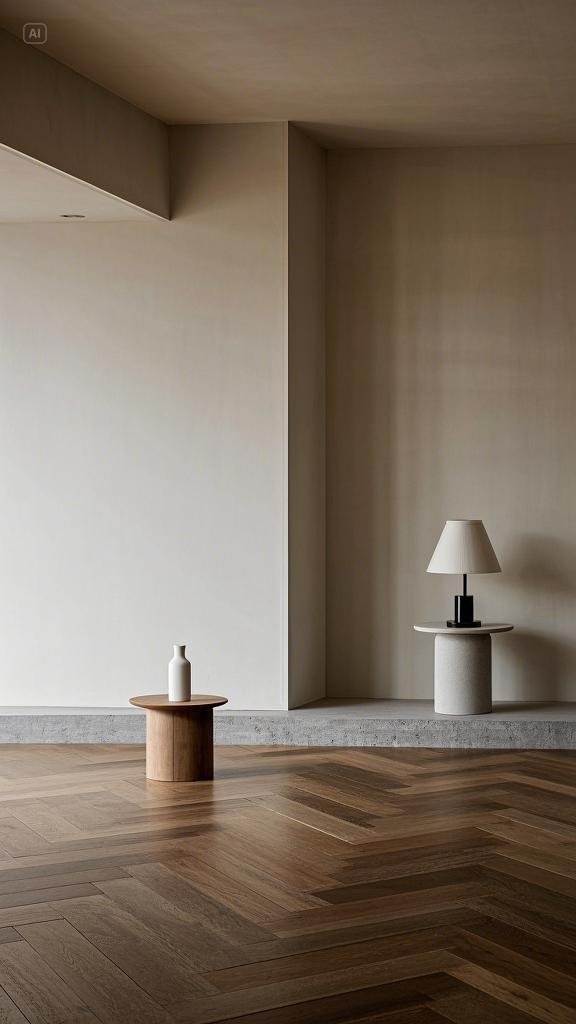
14. Incorporate Smart Technology
Incorporating smart technology into your minimalist home can enhance both convenience and style. Wireless speakers, smart lighting, and smart thermostats all blend into the decor without adding clutter. Choose devices with sleek, minimal designs that match the aesthetic of the room. Smart technology not only improves the functionality of your home but also supports the minimalist principle of simplicity by reducing the number of visible wires and gadgets in the room.
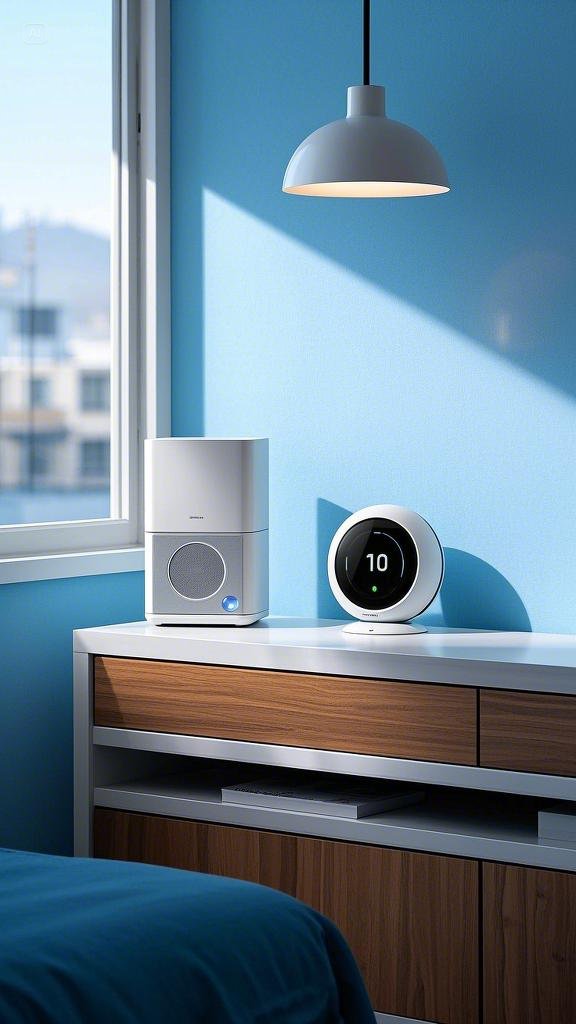
15. Create a Balanced, Harmonious Layout
Balance is key to creating a minimalist room that feels comfortable and serene. Ensure that furniture and decor are arranged in a way that promotes harmony and flow. Avoid overcrowding one area of the room with too many items, and instead distribute furniture and accessories evenly throughout the space. A well-balanced layout allows for an uncluttered, peaceful environment that encourages relaxation. The goal is to create a space that feels open, functional, and visually balanced without being overcrowded.

Conclusion: Embrace the Beauty of Simplicity
Minimalist room decor is all about embracing simplicity, functionality, and clean lines. By choosing neutral colors, simple furniture, and clever storage solutions, you can create a stylish, serene space that feels open and inviting. Minimalism encourages you to invest in quality items and focus on the essentials, resulting in a clutter-free, peaceful home. With the right approach, minimalist decor can transform any room into a beautiful, calming oasis that prioritizes both style and function.

